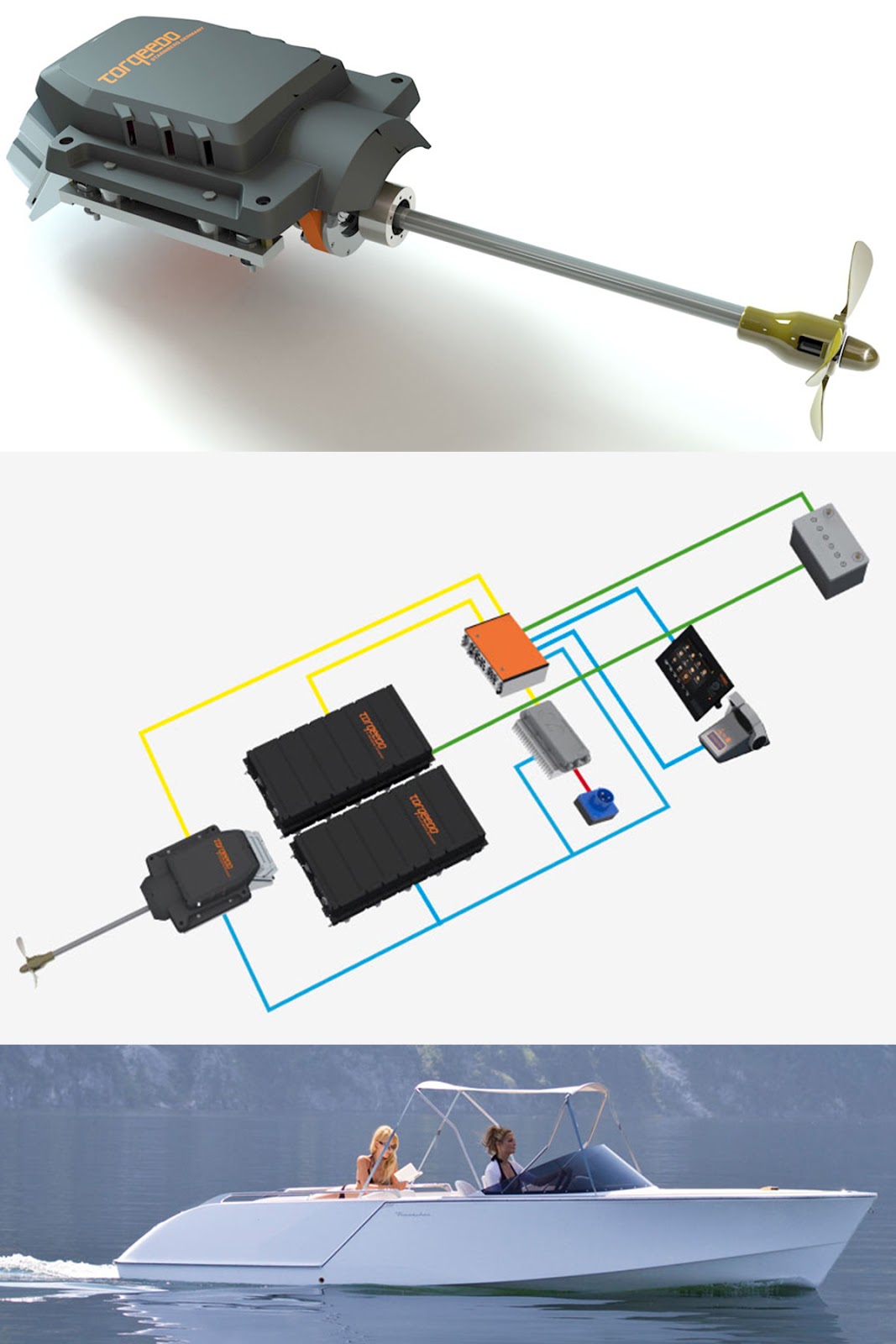

However, for passage-making to a timetable, such as during the annual summer holiday or over a long-weekend, a hybrid is often a better solution. The boat can often put some of the charge back whilst sailing, with renewable power harvested from wind turbines, solar panels and by a free-wheeling ‘hydro-regen’ propeller. A high-efficiency Lynch electric motor is connected by a belt to the gearbox and will double as a 10kW generator.įor coastal sailors, who don’t expect to spend more than two or three hours under power, an electric solution is already proven. UK-based Hybrid Marine pictured completing a diesel modification. Meanwhile, the inventor of the Lithium-Ion cell, John Goodenough, has recently announced the Lithium-glass battery, which he says will ‘finally make electric cars more affordable.’ The range is also said to be 3 times greater than existing chemistries, with the ability to fast-charge in minutes. Lithium-sulphur, for example, is now a cheaper and longer-lived alternative to the staple lithium-ion, with higher energy densities per kilogram evolving every year. However, with so many recent advances in energy storage, that is also changing. Most battery banks of a manageable/stowable size can only provide about 4 hours of electric cruising speed in smooth conditions. We don’t yet have the battery chemistry to match the energy density of a gallon of diesel, which is why many yachtsmen still choose the hybrid route. Modern Lithium-Ion chemistries can deep-cycle without damage up to (and even beyond) 2,000 cycles, and brushless DC motors are pretty much sealed for life. Electric motors and batteries – if well looked after – should need almost no servicing or ongoing maintenance for years. However, once the initial outlay is covered, there is very little else to fund and so payback begins. The kit is expensive, sometimes double the price of an equivalent new diesel installation.

However, two big obstacles to marine electric propulsion remain, especially for fast motorboats. This one is from Italian pioneers H2 Boat, being trialled in a 24ft yacht using a control interface by Brookes and Gatehouse. The hydrogen fuel cell can offer much greater range. Meanwhile, smaller electric ‘toys’ such as personal watercraft, surfboards and even pedal-assisted water bikes can also eke out an impressive range by foiling to minimise the power required. German-based Torqeedo, for example, has cooperated with Swedish designer Candela to produce a stylish motorboat that has a top speed of 30 knots and a cruising range of 50 nautical miles on a single charge. Examples would be the Hanse Emotion with its ingenious rudder-embedded pod drive, the Sunreef Eco catamarans, the Swedish-built Arcona 435Z (Z for zero emissions) and the eye-catching wood/epoxy Spirit 44E.įor the motorboat sector, the use of foils has allowed relatively small electric inboards to greatly increase both speed and range. Several builders now offer new models designed around a renewable energy system.

Note the large solar panels blended with the lazarette hatch The strikingly beautiful Spirit 44E is an entirely electric boat, including its propulsion.
INBOARD BOAT ENGINE PLUS
Plus the extra usable space reclaimed in the engine room, as demonstrated by Mark Johnson over the page, means a Pogo 30 can hold the same crew and gear as a Pogo 36 – a saving of £50,000 up front! Very often the boat can be configured around a high-capacity battery bank that not only provides the energy for the motor, but for everything else as well. The fork-lift industry, for example, often has a surplus of new and used DC motors that can be easily converted to marine applications.Īpart from the obvious advantages of silent motoring, renewable fuel, minimal servicing and precision control, electric propulsion allows for other possibilities. There is also the possibility of installing a DIY electric inboard, relatively inexpensively, from equipment used in other sectors. We covered electric outboard engines in detail last month here we look at the latest tech for inboard electric solutions – and the remaining unsolved issues – for a hybrid or ‘electric-only’ conversion. Just a few years ago there were perhaps half-a-dozen manufacturers making electric outboards.


 0 kommentar(er)
0 kommentar(er)
